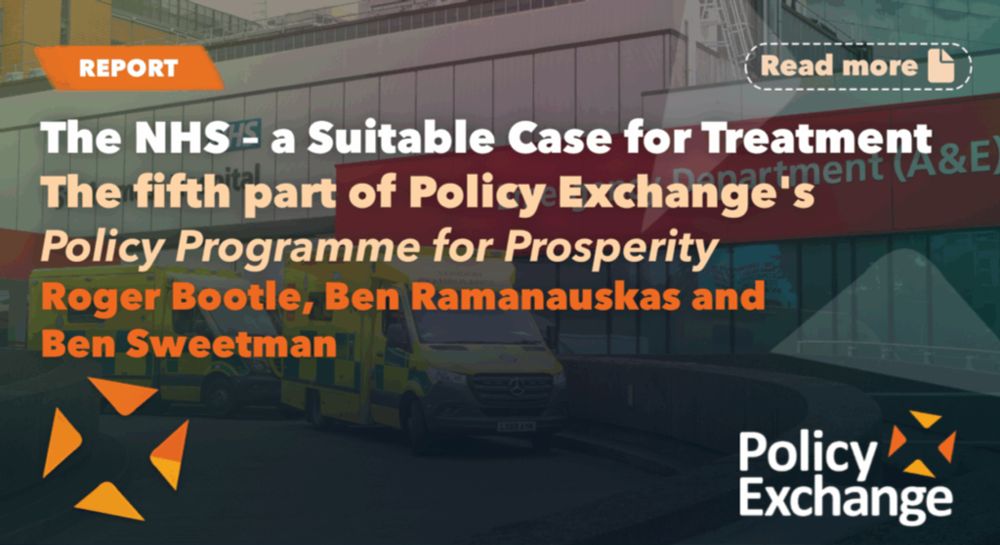Charles Tallack
@charlestallack.bsky.social
3K followers
430 following
340 posts
Senior Fellow @HealthFdn. Ex-Whitehall civil servant & NHS England.
Love ideas, numbers, analysis, evidence, debate and challenge. Views my own.
Posts
Media
Videos
Starter Packs
Reposted by Charles Tallack
Reposted by Charles Tallack
Reposted by Charles Tallack
Hugh Alderwick
@hughalderwick.bsky.social
· Jul 23

The NHS – a Suitable Case for Treatment? - Policy Exchange
Download Publication Online Reader ‘The NHS – a Suitable Case for Treatment?’ makes the case that the NHS is not fit for purpose and is in urgent need of reform.The report finds that NHS performance r...
policyexchange.org.uk










